Hello, JRN 3510 students. This class blog is where you’ll pitch stories, submit drafts, publish your edited stories, and workshop each other’s projects and ideas. I will also post my lectures here so that you can refer back to them.
Welcome and introductions.
I essentially run my classes like a small newsroom. So for the next few months, you will be the reporters and I will be your editor. If you have any questions or run into any problems on your assignments and need a quick response, the best way to reach me is just to text me; my number is in the syllabus. For anything less time-sensitive, email is fine.
Review the syllabus:
Multimedia Reporting Syllabus Fall 2019
What does “multimedia” journalism mean and how is it changing?
Traditional forms like writing, radio and broadcast have moved online and can complement each other when it comes to telling a complete, dynamic story.
Snow Fall was revolutionary in 2012; now this type of interactive multimedia-heavy layout is fairly common. Most recently the NYT Magazine used this kind of scrolling presentation to great effect with The 1619 Project.
The old forms of traditional media still exist, but they have adapted to new methods of delivery and consumption.
Radio stories on the air –> downloadable/streamable podcasts and web versions of stories with photos
TV news –> online video (compositional framing changes, video length changes, formatting optimized for mobile)—and the bar for web video is getting higher and higher
Newspaper-style photography and landscape orientation –> Instagram and the rise of medium format (square) and portrait orientation (contains more information)
The availability of online multimedia content has also made aggregation easy (tweet roundups, etc.) and helped to create a click-driven economy. Twitter and other social platforms have changed the way news breaks.
Next: Intro to Photojournalism and Composition

Here are some basic rules and guidelines of photography to keep in mind as you start developing your eye:
1. The Rule of Thirds.
If you pay attention to only one element of composition, the rule of thirds should be it. If you start shooting with this “rule” in mind, your pictures will begin to look a lot better immediately.
The general idea is to imagine breaking an image down into thirds, both horizontally and vertically. If you place the main points of interest in your photo where the lines intersect, or along the lines themselves, your image will be far more visually interesting than if you just put the subject smack in the middle. Studies have shown that composing photos this way draws the human eye far more effectively.



2. Use color.
Black and white photography is a beautiful art form, but in photojournalism, most of the time you’ll be shooting in color. It helps to know what combinations of color to look for if you want your images to really pop.
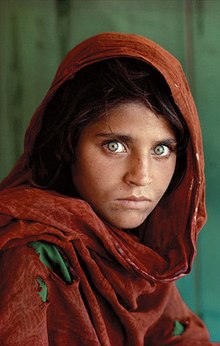
You probably recognize this photo. Known as Afghan Girl, it is one of National Geographic’s most iconic images and was taken by color master Steve McCurry. One of the reasons this relatively simple picture is so stunning and so well-known is the colors: red and green, which fall on opposite sides of the color wheel.
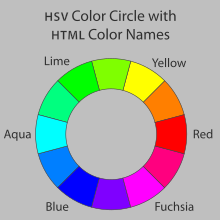
Opposite colors, paired together, can make each other look more vibrant. Notice how the green of the girl’s eyes is picked up by the wall behind her and set off by the rusty red of her scarf.
Images with variations on the same color, known as monochromatic images, can also be quite striking:

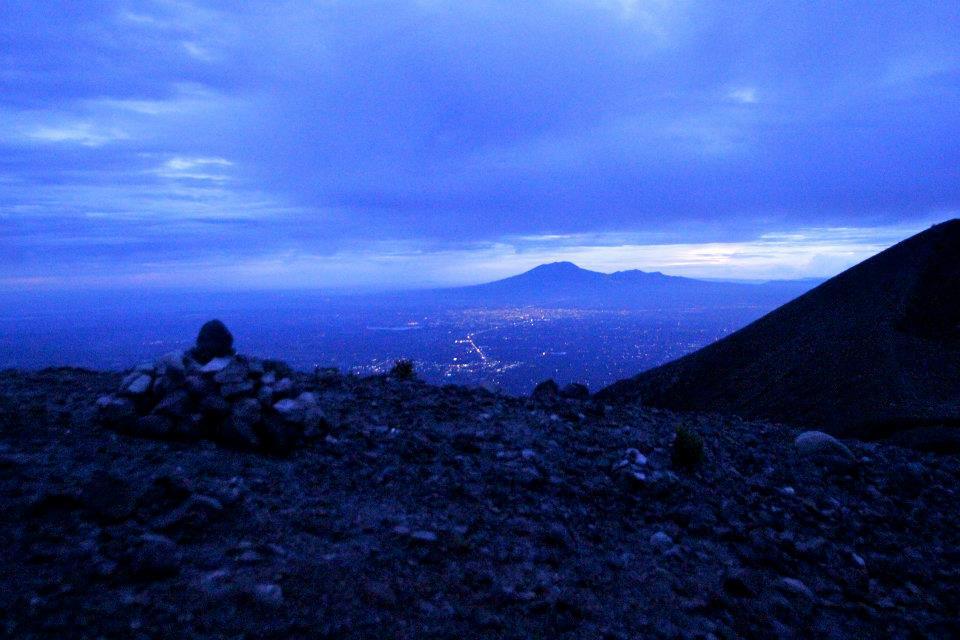
3. Capture the decisive moment.
“The decisive moment” is a term that was coined by renowned photographer Henri Cartier-Bresson. It refers to that fleeting instant that photographers love to capture: When someone leans in for a kiss, when a soccer player connects with with the ball, or when a protester throws a rock. If you aren’t ready with your finger on the shutter, you’ll miss the moment. If Bresson had taken this photo a split second earlier or later, it would have been a much more ordinary photo of a man splashing through a puddle. These moments don’t need to be that dramatic; for your assignments, it may be as simple as capturing the moment when the food truck owner you’re profiling flips some meat on the grill or hands the food to her customer. Action shots vs static shots tell more of a story.

Another decisive moment, this one also by “Afghan Girl” photographer Steve McCurry.
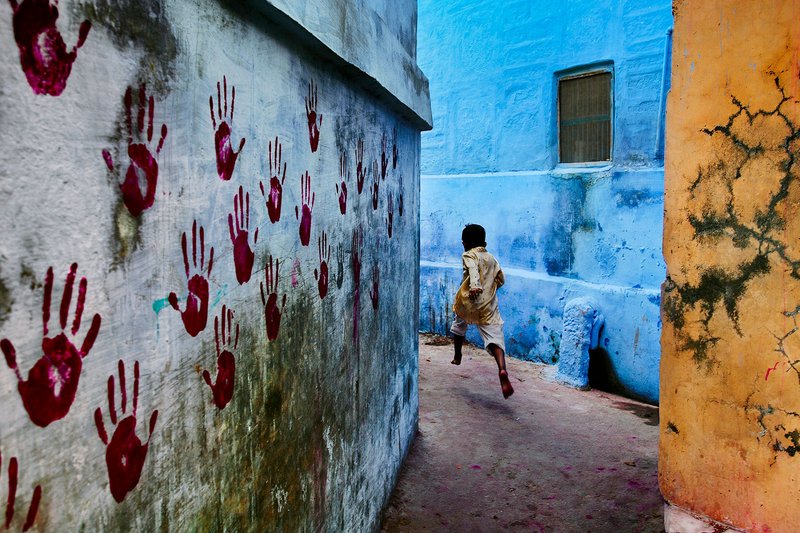
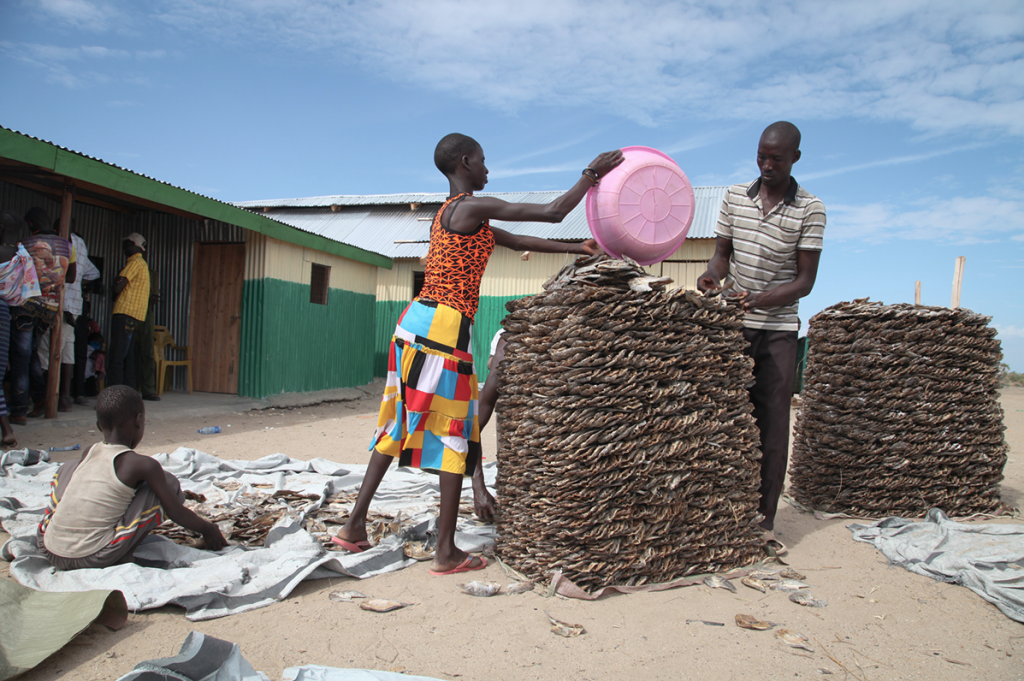
 And my own photo just this past weekend:https://www.instagram.com/p/B1hvvylFvnE/
And my own photo just this past weekend:https://www.instagram.com/p/B1hvvylFvnE/
Leading lines are lines that move the eye from one part of the image to another part, or sometimes out of the image. They add a sense of drama and perspective, so it’s always good to be on the lookout for roads, bridges, fences, shorelines and the like.

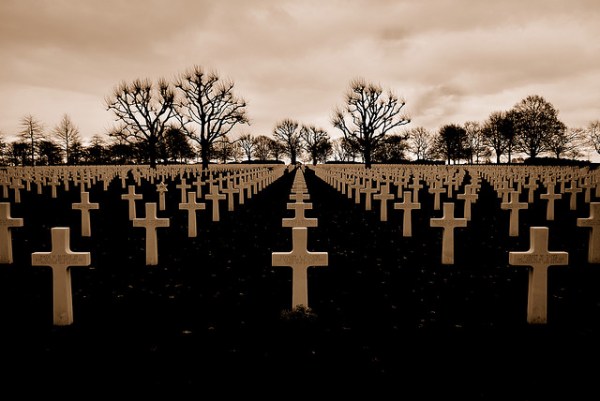

5. Symmetry and patterns.
Symmetry and patterns exist everywhere, both in nature and man-made sights. Looking for repetitions and symmetries, while staying alert to things that then break those very patterns (especially on the thirds!) is a sure way to make an arresting image.

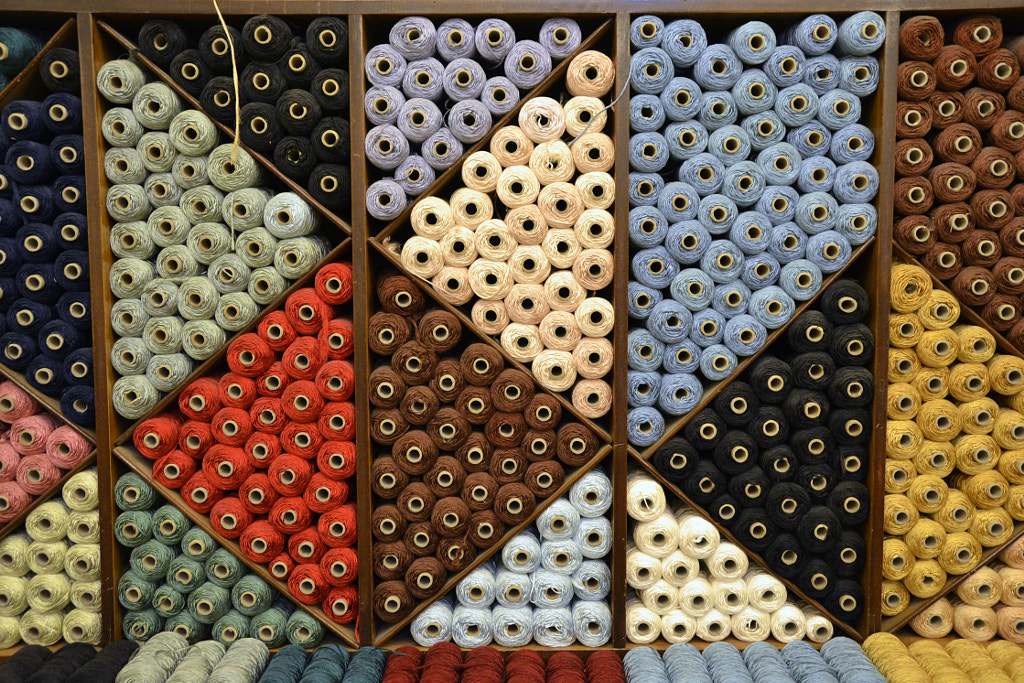


6. Layers.
Another great way to make sure your images are visually interesting is to keep an eye out for what’s happening up close, in the middle distance, and far away. Think in layers. If you can frame your shots so that interesting things are happening in the background as well as at your focal point five feet away, you’re onto something.
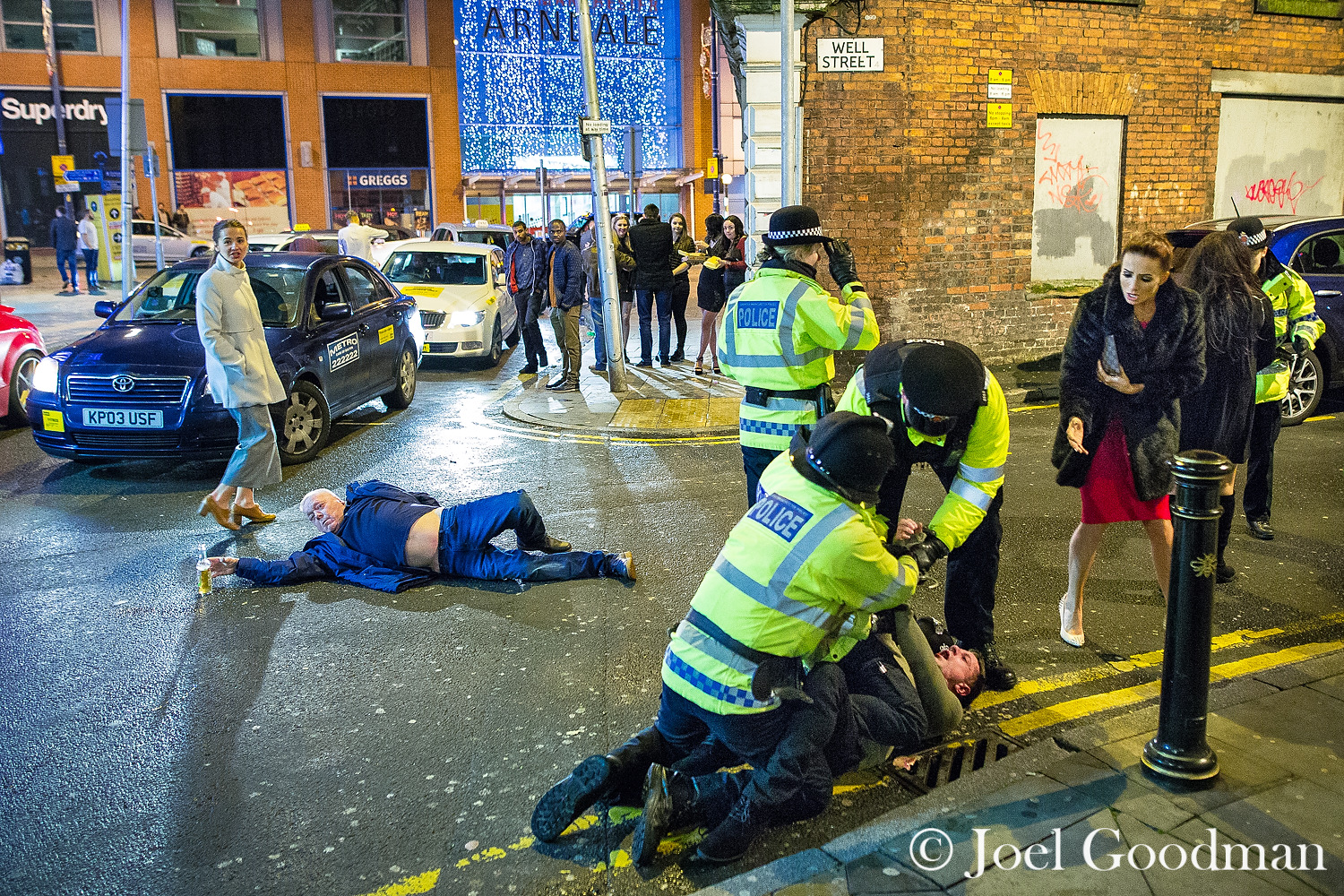
Layers will be one of your greatest tools as a photojournalist, because layers add context. They tell a story.


This is a famous photograph by South African photojournalist Kevin Carter. He won a Pulitzer Prize for this image, which showed the effects of the 1993 famine in Sudan.
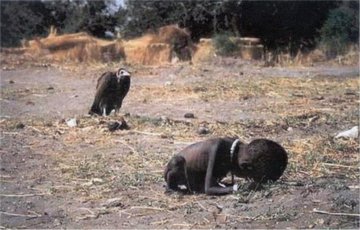
“Photojournalism” means you’re telling a story, not just taking a picture.
7. Get close. Then, get even closer.
Photographer Robert Capa famously said, “If your pictures aren’t good enough, you’re not close enough.” Proximity with your subjects makes for more powerful and intimate photos. Don’t be afraid to get right in someone’s face with your camera. It may feel intrusive and strange at first, but a huge part of being a reporter is engaging with people and making them feel comfortable.
What’s the process like? How do you go about shoving a camera in someone’s face?
For analysis: The Week in Pictures
So… how to construct a photo essay?
Unstoppable: Meet the Dancehall Queens of Brooklyn
Next week: An Introduction to DSLR Photography.



